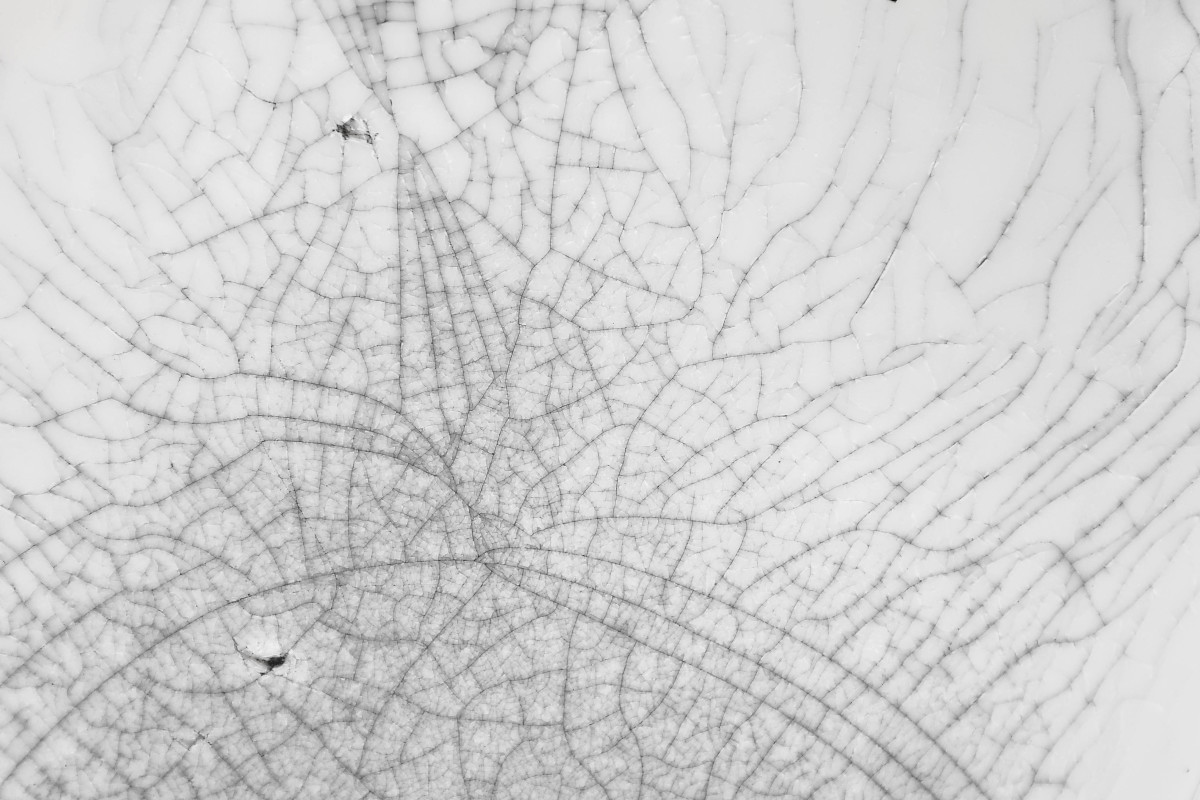Fiberglass, a lightweight and durable material, is widely used in various applications, including boats, cars, and bathtub enclosures. While it offers numerous advantages, fiberglass is susceptible to structural damage in the form of spider cracks. These cracks, if left untreated, can compromise the integrity of the material and lead to further damage or even failure. However, with the right knowledge and techniques, it is possible to effectively repair spider cracks in fiberglass, restoring its strength and functionality.

Image: www.boatlife.com
Types of Spider Cracks in Fiberglass
Spider cracks in fiberglass can occur due to various factors, including impact, stress, or environmental exposure. These cracks can range from minor surface blemishes to deep structural fissures. It is important to understand the different types of spider cracks to determine the appropriate repair method.
- Gelcoat Cracks: These cracks are superficial and affect only the top layer of fiberglass, known as the gelcoat. They are usually caused by minor impacts or scratches and are often visible as hairline fractures.
- Laminate Cracks: These cracks penetrate beyond the gelcoat and into the fiberglass laminate beneath. They are more severe than gelcoat cracks and require more extensive repairs.
- Structural Cracks: These are the most serious type of cracks and extend through the entire thickness of the fiberglass laminate. They can significantly weaken the structure and compromise its integrity.
Step-by-Step Guide to Repairing Spider Cracks in Fiberglass
Before embarking on the repair process, it is crucial to gather the necessary materials and safety equipment. These include:
- Fiberglass repair kit
- Sandpaper (various grits)
- Acetone or rubbing alcohol
- Mixing cups and stirring sticks
- Gloves and safety glasses
- Dust mask
1. Cleaning and Preparation
- Clean the damaged area thoroughly with acetone or rubbing alcohol to remove dirt, grease, and any loose debris.
- Sand the affected area using 80-grit sandpaper to create a rough surface for adhesion.
- Remove any dust or sanding residue with a clean cloth.

Image: www.passagemaker.com
2. Gelcoat Repair (for Gelcoat Cracks)
- Mix the gelcoat resin and hardener according to the manufacturer’s instructions.
- Apply the mixed gelcoat to the crack using a small brush or putty knife.
- Smooth the gelcoat into the crack, ensuring complete coverage.
- Allow the gelcoat to cure according to the manufacturer’s specifications.
3. Laminate Repair (for Laminate Cracks)
- Cut fiberglass cloth into small patches to cover the crack area.
- Mix the fiberglass resin and hardener.
- Apply a thin layer of resin to the damaged area and lay a patch of fiberglass cloth over it.
- Brush additional resin onto the cloth and repeat the process with additional layers of fiberglass cloth.
- Allow the laminate to cure completely.
4. Structural Repair (for Structural Cracks)
- Reinforce the damaged area with fiberglass backing plates or ribs if necessary.
- Follow the steps for laminate repair to create a strong and durable bond.
- Apply multiple layers of fiberglass cloth and resin to ensure maximum strength.
5. Sanding and Finishing
- Once the repair is complete, sand the repaired area to a smooth finish.
- Start with coarse sandpaper (80-grit) and gradually move to finer grits (120-grit, 220-grit) to achieve a smooth surface.
- Polish the repaired area to restore its original appearance.
How To Fix Spider Cracks In Fiberglass
Prevention of Spider Cracks in Fiberglass
While it is not always possible to prevent spider cracks in fiberglass, certain measures can be taken to reduce the risk:
- Handle fiberglass components carefully during transportation and installation.
- Protect fiberglass from excessive stress and impact by reinforcing high-stress areas.
- Cover fiberglass surfaces exposed to direct sunlight to prevent UV damage.
- Regularly inspect fiberglass components for signs of damage and make repairs as needed.
By following these steps and preventive measures, you can effectively repair spider cracks in fiberglass and maintain the structural integrity and appearance of your fiberglass components.